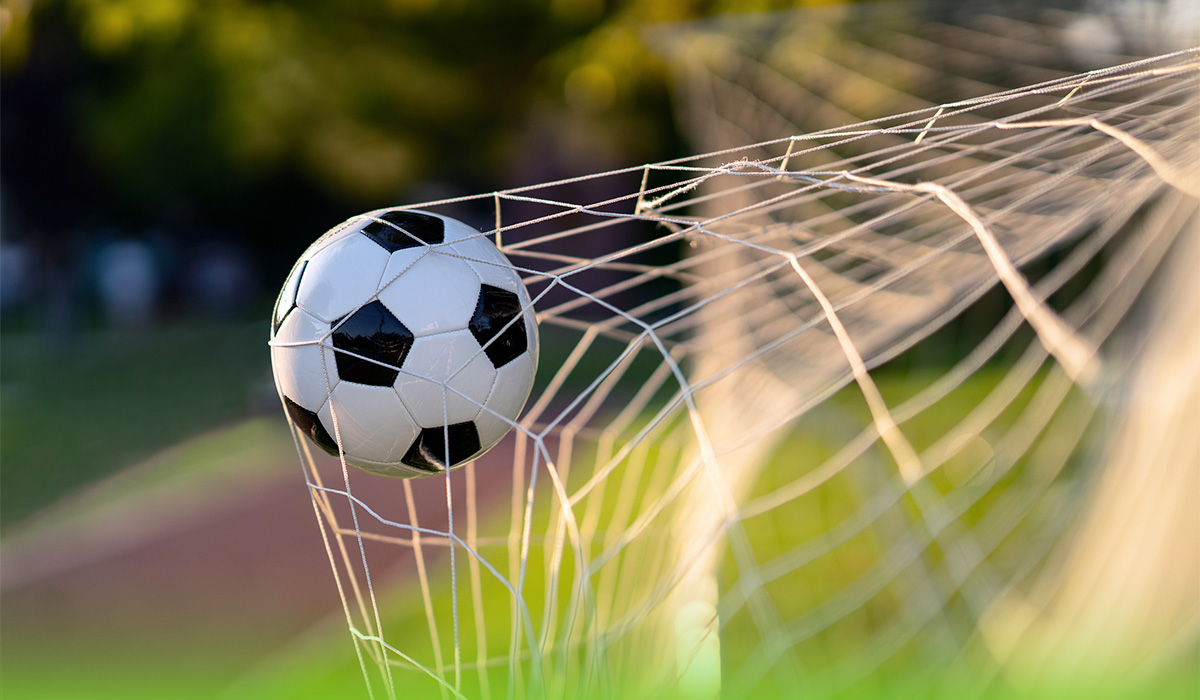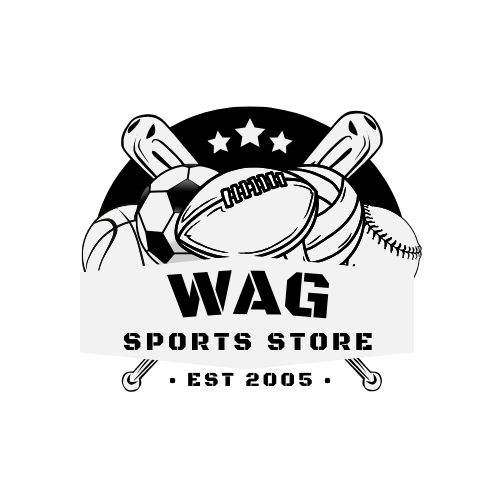Blog
“How to Choose the Perfect Sports Equipment for Your Game”
Choosing the right sports equipment can significantly impact your performance, safety, and overall enjoyment of the game. Whether you’re a seasoned athlete or just starting out, selecting the appropriate gear is essential. With so many options on the market, it can be overwhelming to know where to begin. This guide will help you navigate the process of choosing the perfect sports equipment for your game, ensuring you make informed decisions based on your needs, preferences, and sport-specific requirements.
1. Understand the Requirements of Your Sport
The first step in choosing the right sports equipment is to understand the specific needs of the sport you’re playing. Each sport has unique demands in terms of equipment functionality, safety, and performance.
Key Considerations:
- Safety Gear: Sports like football, hockey, or martial arts require protective equipment like helmets, pads, or mouthguards. Ensuring safety is the top priority when selecting gear.
- Performance Enhancement: Some sports, like tennis, golf, or running, require specialized equipment designed to enhance performance, such as racquets, clubs, or shoes.
- Sport-Specific Accessories: Certain sports, like cycling or swimming, require specific gear such as bikes, helmets, wetsuits, or goggles.
By understanding the unique demands of your chosen sport, you can narrow down your choices and focus on the equipment that meets those needs.
2. Prioritize Comfort and Fit
One of the most important factors when choosing sports equipment is ensuring a proper fit. Ill-fitting gear can affect your performance, increase the risk of injury, and make your playing experience uncomfortable.
Key Considerations:
- Footwear: In sports like running, basketball, or soccer, having the right shoe is essential. Make sure shoes are designed for your sport and fit snugly without being too tight. Proper support, cushioning, and flexibility can improve your comfort and performance.
- Protective Gear: Helmets, shoulder pads, and other protective equipment should fit snugly but not restrict movement. Adjustable straps, customizable padding, and different sizes are important factors to consider when selecting protective gear.
- Apparel: Clothing such as jerseys, shorts, and compression wear should be made from breathable, moisture-wicking materials to keep you cool and dry. Ensure the gear fits well without limiting your movement.
When choosing equipment, remember that comfort and fit are paramount for both performance and injury prevention.

3. Consider Durability and Quality
Investing in durable, high-quality sports equipment ensures that your gear will last longer, withstand rigorous use, and provide reliable performance. While higher-quality items may cost more upfront, they often offer better value in the long run.
Key Considerations:
- Material Quality: Look for equipment made from durable, high-performance materials such as carbon fiber, leather, or reinforced plastics. For example, a high-quality tennis racquet or bike frame will be more resistant to wear and tear than cheaper alternatives.
- Brand Reputation: Established brands often offer more durable and tested products. Research different brands and read reviews to understand the quality and reliability of their equipment.
- Investment: Consider investing in higher-quality gear for critical items, such as footwear, gloves, or helmets. These are often the most used pieces of equipment and can have a major impact on your performance.
Quality sports gear can stand up to the demands of intense practice and competition, ensuring that you’re always ready to perform at your best.
4. Assess Your Skill Level and Playing Style
Your skill level and playing style are important factors to consider when selecting sports equipment. A beginner might need gear designed for ease of use and comfort, while an advanced athlete may look for more specialized, high-performance equipment.
Key Considerations:
- Beginner-Friendly Gear: If you’re new to a sport, look for equipment that is designed for beginners. This gear will often have forgiving features that help you learn the basics of the game, such as a tennis racquet with a larger sweet spot or a football helmet with extra padding for comfort.
- Advanced Equipment: If you’re an experienced athlete, opt for gear that suits your specific playing style and performance needs. For example, advanced basketball shoes offer additional support for cutting and jumping, while a tennis racquet designed for power might be more suitable for a player with an aggressive game.
- Customization: Some gear, such as racquets or golf clubs, offers customization options like adjustable weights, grip sizes, or string tension to match your playing style.
Choosing equipment that aligns with your skill level and style ensures that you maximize your potential and enjoy your time on the field, court, or track.
5. Factor in Budget
Sports equipment comes in a wide range of price points, so it’s important to find a balance between quality and affordability. While it’s tempting to go for the latest high-tech gear, it’s essential to consider your budget and what you need from the equipment.
Key Considerations:
- Prioritize Essentials: Invest in key pieces of equipment that directly affect your performance and safety, such as shoes, gloves, or a helmet. For other items, you may be able to find quality options at a lower price.
- Sales and Discounts: Keep an eye out for seasonal sales or discounts at sporting goods stores or online retailers. You may be able to find premium equipment at a reduced price during these periods.
- Longevity: Spending a bit more on high-quality, durable gear can be a better long-term investment. Rather than replacing cheap equipment frequently, purchasing reliable, high-end gear may save you money over time.
A reasonable budget will help you make informed decisions and avoid overspending on unnecessary or overly specialized gear.
6. Check for Sports Regulations and Standards
Some sports have specific regulations about the types of equipment that can be used in competition, especially at higher levels of play. Whether you’re playing at a recreational or professional level, it’s important to ensure your gear meets these standards.
Key Considerations:
- League Requirements: For organized sports such as football, soccer, or basketball, check with your league or governing body to ensure your gear complies with the required specifications.
- Safety Standards: Many protective items like helmets, pads, and gloves are subject to safety regulations. Make sure your equipment is certified and has passed safety tests, such as those set by the American Society for Testing and Materials (ASTM) or other governing organizations.
- Approved Brands: Some sports only allow certain brands or models of equipment for use in official competitions. Check the sport’s regulations to ensure you’re compliant with these rules.
Choosing gear that adheres to these regulations will ensure you stay in the game and avoid disqualification during competitions.
7. Read Reviews and Seek Recommendations
Before making a purchase, reading reviews from other athletes and seeking recommendations can provide valuable insights into the quality, comfort, and performance of the equipment you’re considering. Feedback from people who have used the gear in real-life conditions is invaluable.

Key Considerations:
- Online Reviews: Websites, forums, and social media platforms often feature detailed reviews from athletes of all levels, offering honest opinions on products.
- Word of Mouth: Ask teammates, coaches, or friends about their favorite equipment and their experiences with specific brands or products.
- Test Before You Buy: If possible, test out the gear before purchasing it, especially for items like shoes, helmets, or racquets. Many sporting goods stores allow you to try on or test out equipment to ensure it’s the right fit for you.
Researching and seeking recommendations will help you avoid making costly mistakes and ensure you choose the best gear for your needs.
Conclusion
Choosing the perfect sports equipment is a crucial step toward enhancing your performance, ensuring your safety, and improving your overall experience. By understanding the needs of your sport, prioritizing comfort, considering durability, and being mindful of your skill level and budget, you can make informed decisions that will support your goals on and off the field. Take the time to research, test, and choose the right gear that suits your needs, and you’ll be well on your way to success in your chosen sport.


